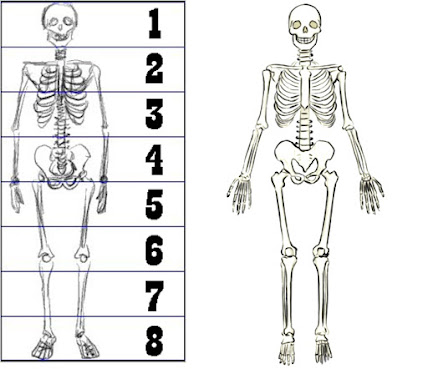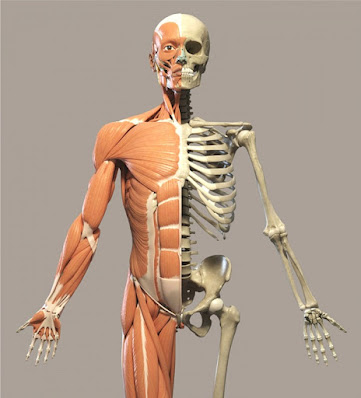Third grade continues with their animal study and connections to First Nation folktales and art.
They used observation, information to create with imagination their own bear portraits.
16 BEAR FACTS
·
Only
the polar bear is a true carnivore. All other bears are omnivores- eating both
plants and meat.
·
The
only species of bear that does not move its ears to pick up sound is the giant
panda.
·
Bears
are bowlegged. This gives them better grip and balance.
·
Bears
have never lived in Australia or Antarctica. Although bears do not currently
live in Africa, bear fossils have been found there. Scientists are unsure why
bears do not live in Africa today.
·
The
sloth bear has the shaggiest fur. The sun bear has the shortest fur so it can
keep cool in the hot forests of Southeast Asia.
·
When
U.S. President Theodore (Teddy) Roosevelt refused to shoot a black bear cub on
a hunting trip, a cartoon featured the event, and soon stuffed toy
manufacturers popularized “Teddy’s bear.”
·
Because
bears can walk short distances on their hind legs, some Native Americans called
them “the beast that walks like a man.”
·
Spectacled
bears are the only wild bears that live in South America.
·
A
polar bear can swim up to 100 miles without resting and a swimming polar bear
can jump 8 ft. (2.4 m) out of the water to surprise a seal.
·
Panda
bears have an extra “thumb” (which is actually an extra-large wrist bone) just
for holding onto bamboo stalks. A panda bear can eat over 45 lbs. (20.4 kg) of
bamboo per day.
·
Sloth
bears’ favorite food is termites. These bears have no front teeth, so they
easily suck out insects from their nests like a vacuum cleaner. They can also
seal their nostrils for better suction.
·
A
male bear is called a boar or a he-bear. A female bear is called a sow or a
she-bear. A group of bears is called a sleuth or sloth.
·
The
symbol of the United Russia Party is a bear. In fact, bears have traditionally
not only been a symbol of pride and power in Russia, but have also been common
images in fairy tales and myth.
·
The
name “grizzly bear” refers to the silver-tipped or “grizzled” hair of a brown
bear.
·
The
Sun bear is the smallest of the bears and is about the size of a large dog. It
gets its name from a blond chest patch of fur that looks like a setting sun.
Sun bears are also known as honey bears.
·
Baloo,
from The Jungle Book, is a sloth bear.
all materials for educational purposes:
























































